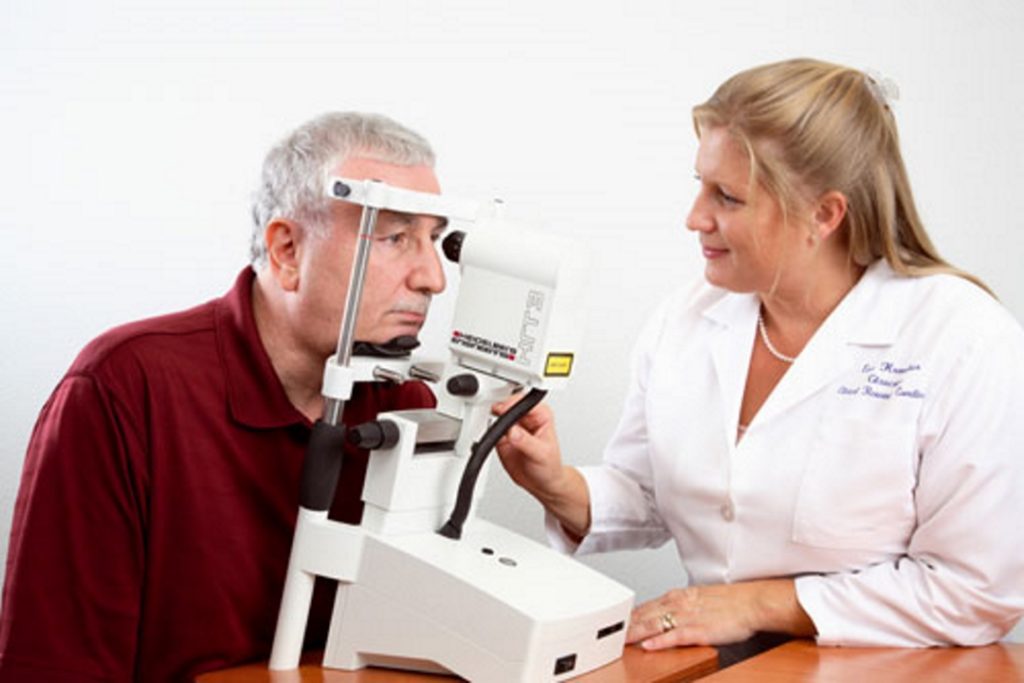
Contents
What is ocular hypertension?
Fluid present in eyes is called as aqueous humor and pressure caused is called intraocular pressure (IOP). Ocular hypertension means your intraocular pressure (IOP) is higher than normal. Left untreated, high eye pressure can cause glaucoma and permanent vision loss in some individuals. Eye pressure is measured in millimeters of mercury (mm Hg). Normal eye pressure ranges from 12-22 mm Hg, and eye pressure of greater than 22 mm Hg is considered higher than normal. When the IOP is higher than normal but the person does not show signs of glaucoma, this is referred to as ocular hypertension. However, people with ocular hypertension are considered “glaucoma suspects”, meaning they should be monitored closely by an ophthalmologist to make sure that they do not develop glaucoma.How do we know that we have ocular hypertension?
It usually does not have any signs or symptoms. Because you can have ocular hypertension and not be aware of it, it is important that you have regular eye examinations with your ophthalmologist.Causes
Factors causing are almost similar to glaucoma. Excessive aqueous humor production, inadequate aqueous drainage, certain medications can have the side effect of ocular hypertension, eye injury, other eye conditions like pseudo-exfoliation syndrome, pigment dispersion, corneal arcus etc. Also, race, age and family history play a role in your risk for ocular hypertension and glaucoma.Sometimes this can occur months or years after an injury. During your routine eye exams, be sure to mention to your doctor if you have experienced any eye trauma recently or in the past.
Diagnosis
As part of a comprehensive eye examination, your ophthalmologist will perform tests to measure your intraocular pressure and to make sure that you do not have glaucoma. Various investigations include- Tonometry
- Gonioscopy
- Ophthalmoscopy
- Visual field test
- Pachymetry